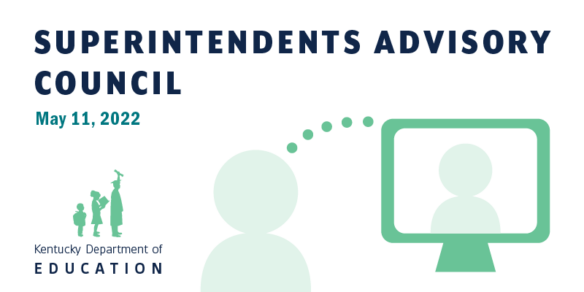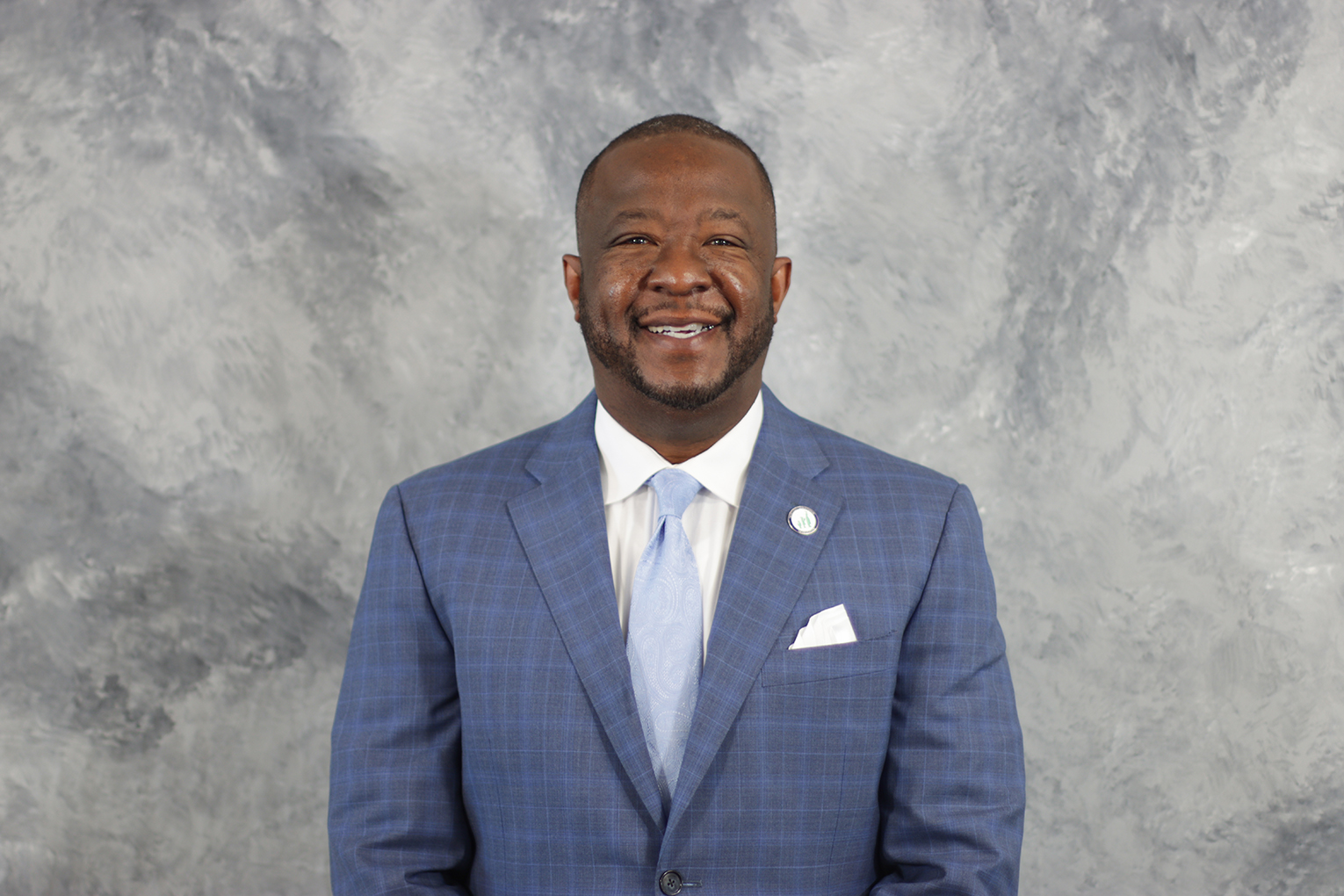
The Kentucky Department of Education’s (KDE’s) Superintendents Advisory Council (SAC) discussed school counselor roles and legislative updates during its May 11 meeting.
SAC gives advice and input on matters concerning education policy to Kentucky’s commissioner of education. The council has 25 members, with 24 selected by educational cooperative boards (three from each cooperative).
Heather Bushelman, KDE’s program coordinator for comprehensive school counseling, shared how the department is working on empowering administrators to use school counselors effectively. She gave updates on the Kentucky Framework of Best Practices for School Counselors, which includes recommendations on counselor use of time, and provided a document detailing appropriate and inappropriate activities for school counselors.
Bushelman said Senate Bill 8 (2020) recommends at least one school counselor per public school, and at least one school counselor or school-based mental health services provider for every 250 students.
Recommendations for use of time include:
- 60% direct services, meaning counselors see students one-on-one, in small groups or teach large group counseling classes;
- 20% indirect services, meaning counselors consult or collaborate with other school staff on behalf of the student through training on coping strategies, and referrals for therapists or outside agencies to help with college and career readiness; and
- 20% other, meaning counselors spend time on program planning, analyzing data, and minimal school functioning tasks.
Bushelman said KDE wants to see schools shifting away from the guidance counselor to a school counselor role in order to get the most out of counselors and to improve schools. She said guidance counselors previously were tasked with record-keeping, computing GPAs and other activities that weren’t directly related to student success.
The purpose of reporting counselors’ use of time is to provide accountability for counselors and the services provided and give data-driven support in areas of need. The results are not meant to be a punitive summary of how time is used, but can help counselors and administrators see where growth is necessary.
Bushelman shared overall state survey data from 133 school districts across the state and 1,280 school counselors. Of the 1,280 valid responses received, 37.6% came from counselors who work with elementary schools, 29.6% from high school counselors, 21.2% from middle school counselors, 1.5% from early childhood centers, and the remaining from those who serve multiple sites or grade levels.
In the survey, 92% of counselors reported that they spend their time at one building, and 8% work with multiple sites.
In terms of funding sources, the most common source of funding was the state General Fund. More than 80% of counselor positions are funded by state dollars. Nearly 9% of counselors are funded by federal dollars and another 5% are locally funded.
Counselors reported that roughly 75% of their time is spent on appropriate activities. The biggest use of time is on appropriate direct student services at 48%, followed by appropriate indirect student services at 20% and duties not related to the school counselor role at 18%.
“Overall, 75% is a great start, but ultimately when you take the 60% direct and 20% indirect, we are not quite there yet,” said Bushelman “We are getting close. However, we are at 20% for indirect services, which shows that counselors are collaborating with stakeholders.”
When counselors use their time as recommended, it strengthens adult mental health support (meaning fewer teacher absences and more sustainability) and student mental health support, and increases student achievement, hope, life skills and family engagement, Bushelman said. There also are decreases in unexpected student behaviors, failed classes, and at-risk concerns for students.
In other business, the council:
- Received updates on House Bill (HB) 678 (2022), which changes the school construction and planning processes. If schools opt into HB 678, the timeline for project approval is condensed and schools no longer are required to seek approval from KDE. Districts can opt in via passing resolutions by their school boards. KDE has received 73 resolutions.
- Heard updates on a Senate Bill 1 (2022) emergency clause. School staff are eligible for up to five sick days in the event of a positive COVID-19 case from March 1 to June 30, 2022.
- Heard updates on the Kentucky Reading Academies, which brings the Language Essentials for Teachers of Reading and Spelling (LETRS) professional learning opportunity to educators across the Commonwealth. The partnership is supported through American Rescue Plan Elementary and Secondary School Emergency Relief funding. There are 1,100 teachers now signed up, with a goal to have 2,400 teachers signed up by September. For more information, email KDE’s Chief Academic Officer Micki Ray.



Leave A Comment